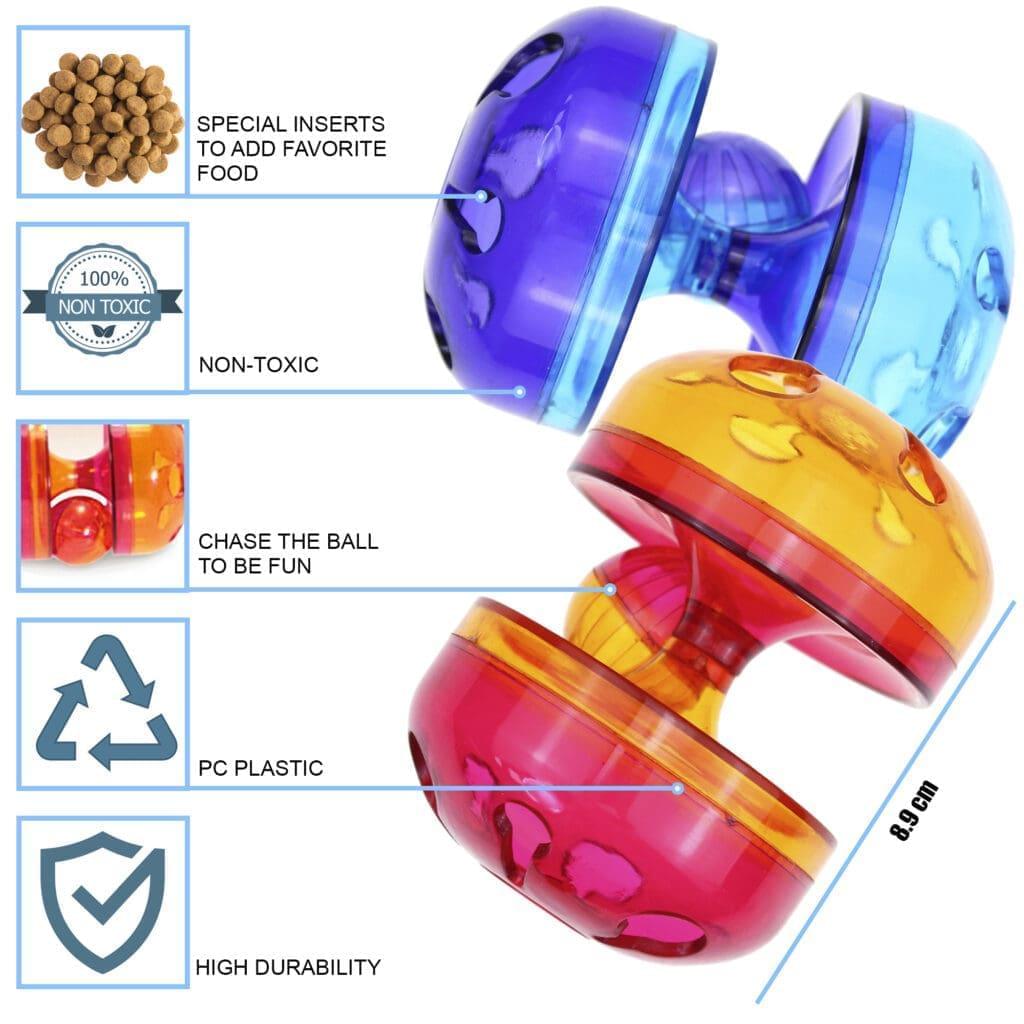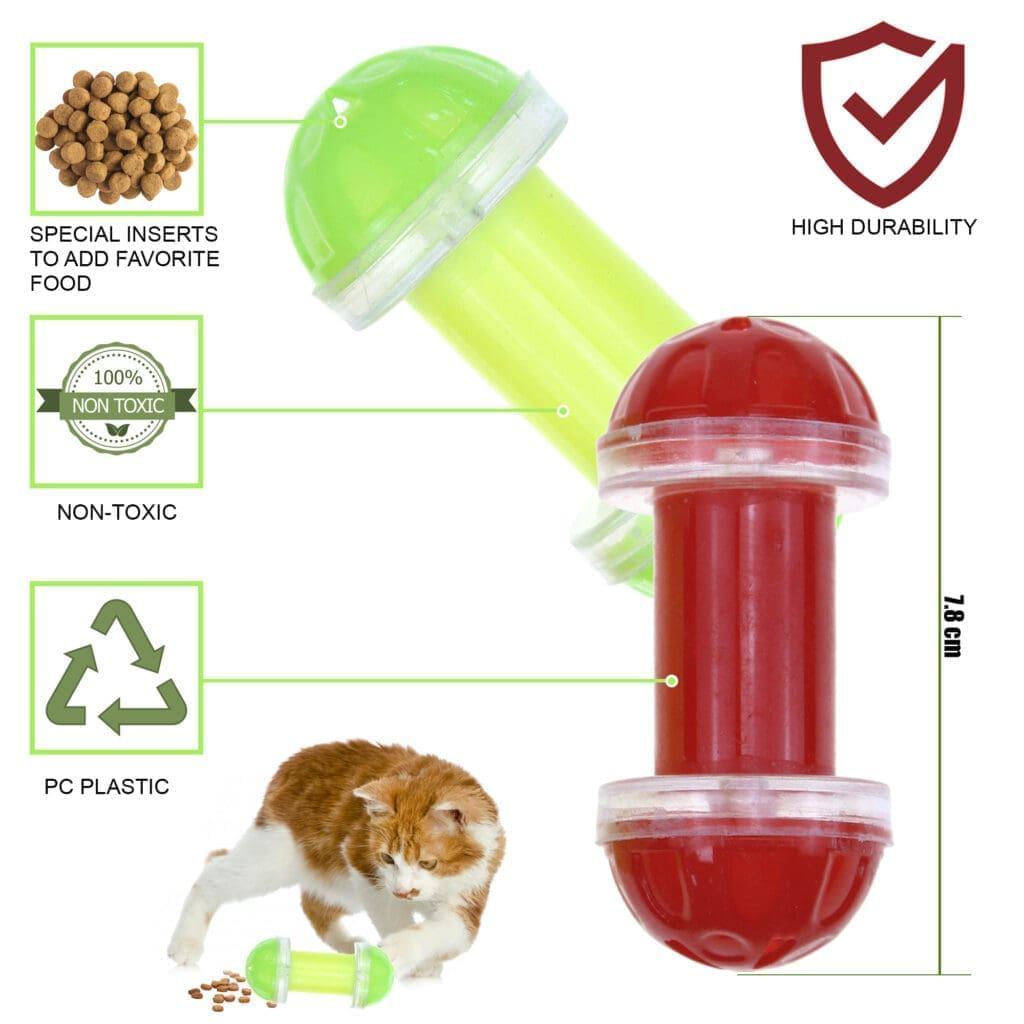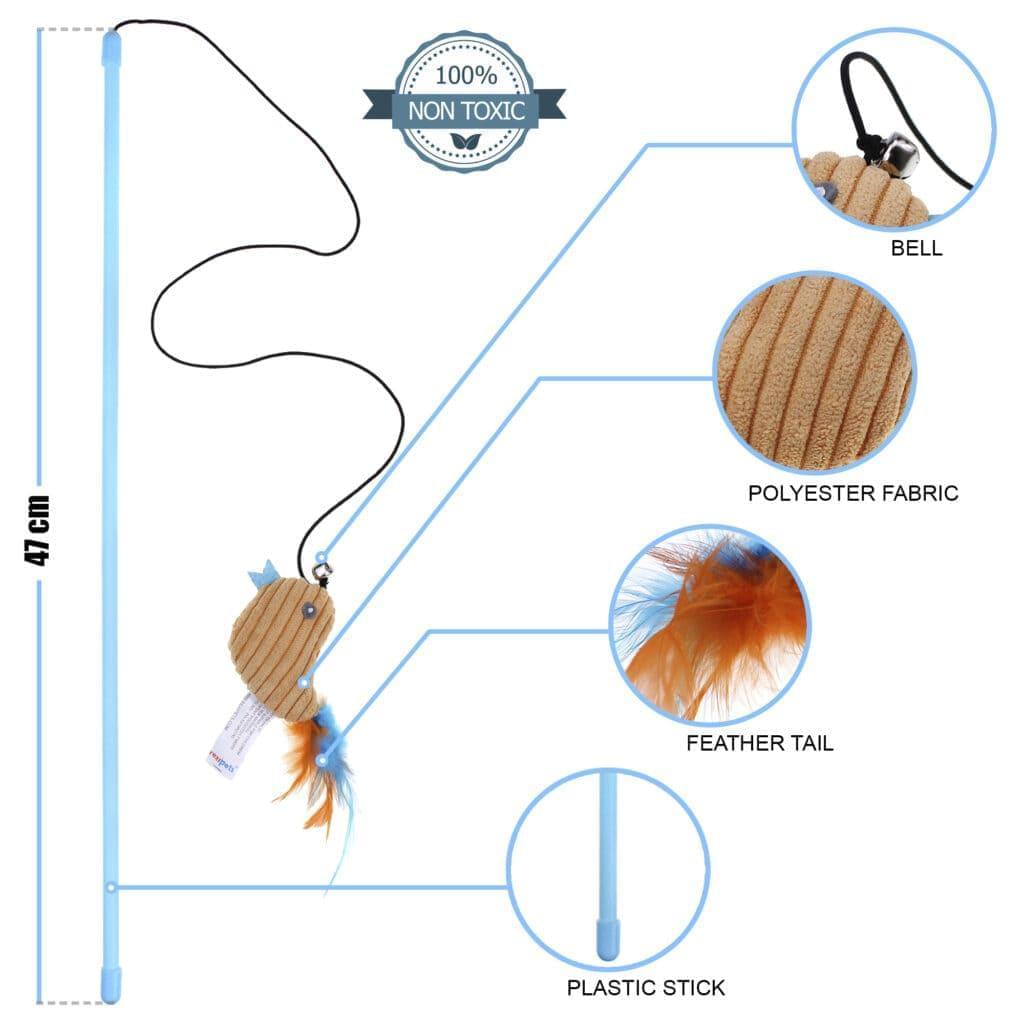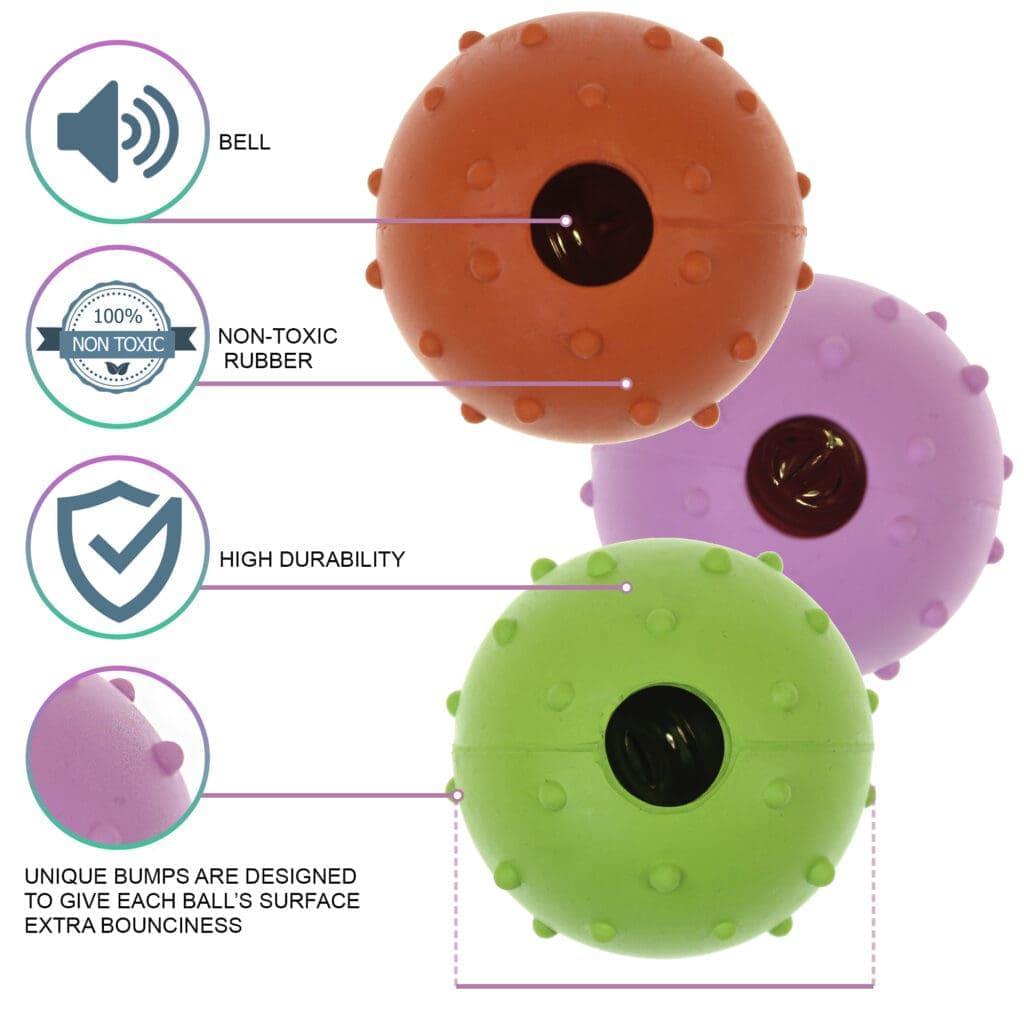
Are you tired of your cat taking a long desperate walk every time it's on a heat cycle? Do you worry about them engaging with non-vaccinated cats and getting diseases?
Well, you are not alone.
Many pet owners go through the frustration that one feels when their cat acts outrageously. And one crucial decision many cat owners face is whether to get their cat fixed.
Neutering involves the surgical removal of a cat's reproductive organs, making them unable to reproduce. While this procedure has become commonplace in many societies as a part of responsible pet ownership, it remains a topic of passionate support and vehement opposition.
In this article, we aim to explore the pros and cons of neutering a cat, arming you with the necessary information to make an informed and compassionate decision for your feline friend.
Whether you are a new cat owner seeking guidance or a seasoned caregiver looking to reevaluate your stance on neutered cats, we have you covered!
Throughout this article, we will delve into the various aspects of neutering, discussing its potential advantages and disadvantages to a cat's health, and behavior, and examining societal impacts. We'll also explore the implications of not neutering your cat and alternative options available for those who choose not to proceed with the surgery.
By the end of this article, we hope you'll be equipped with the knowledge to weigh the pros and cons based on your cat's needs, living situation, and values.
So, let's embark on this exciting and educational journey together, and may we all continue to provide our feline friends with the love and care they deserve. So, without further ado, let's dive into the world of neutering and explore the many aspects of this important decision!
What is Neutering?

Neutering, also known as castrating, is a surgical procedure a licensed veterinarian performs to remove a cat's reproductive organs. For male cats, this involves castration, where the testicles are removed.
In contrast, it is referred to as spaying for a female cat, which consists of removing the ovaries and often the uterus.
The primary purpose of neutering is to prevent adult cats from reproducing, effectively making them sterile. By removing the reproductive organs, cats lose the ability to produce sperm or eggs, making it impossible for them to father or give birth to kittens.
This procedure is essential for controlling the cat population and reducing the number of unwanted and stray cats. You will notice the difference in your male cats before and after neutering.
Neutering is typically done under general anesthesia, ensuring the cat feels no pain during the surgery. It is a routine and relatively safe procedure.
Still, like any surgery, it carries some risks, which should be discussed with a veterinarian before proceeding.
When is the Best Time to Neuter a Cat?
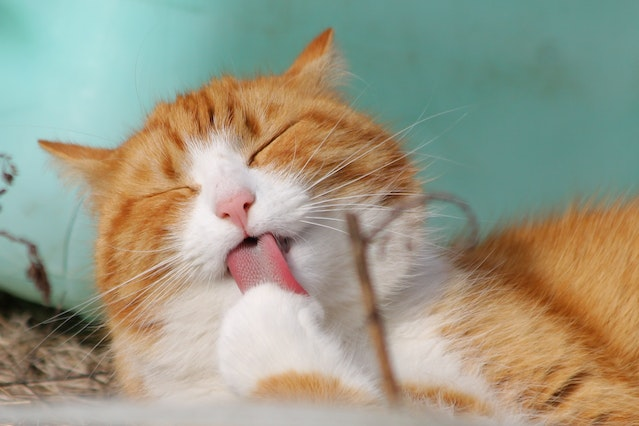
Veterinarians and animal welfare organizations promote spaying and neutering at a younger age. This helps prevent unplanned litters, and transmission of diseases and controls the cat population.
The recommended age for spaying or neutering is typically between 4 to 5 months for owned cats. At this stage, most kittens have reached the appropriate size and weight for the surgery.
Spaying female cats before the first heat cycle, which can occur as early as 4 to 5 months, significantly reduces the risk of unwanted pregnancies and specific reproductive health issues.
Neutering male cats around the same age helps prevent unwanted behaviors like territorial spraying and aggression.
In shelters and rescue organizations, early-age spaying and neutering are often practiced, typically starting as early as two months or 8 weeks old once the kitten weighs at least 2 pounds. This proactive approach helps address overpopulation and reduce the number of unwanted litters.
Early-age spaying and neutering are safe and effective in preventing early pregnancies, especially in areas with high stray and feral cat populations. It also promotes responsible pet ownership and decreases the likelihood of contributing to the increase of unwanted cats.
Pros and Cons of Neutering a Cat

Now that you know what neutering male cats is about, let's examine the pros and cons.
PROS
-
Neutering eliminates the risk of pregnancy.
-
Controls Pet overpopulation.
-
Neutering results in a pet that is cleaner, gentle, and affectionate.
-
Neutering can significantly reduce or eliminate urine marking behaviors, helping keep the home clean and odor-free.
-
Neutering has several health benefits.
-
Neutering reduces health issues like testicular cancer and prostate problems.
-
Neutered male cats tend to roam less, reducing their exposure to potential dangers.
-
Neutered cats are less likely to have certain health conditions, leading to reduced veterinary expenses in the long run.
CONS
-
Like any surgical procedure, neutering carries some risks, including anesthesia complications, infection, or adverse reactions to medications.
-
It may lead to behavioral changes in your cat.
-
It may cause weight gain in your cat.
-
Removing the reproductive organs alters hormonal levels, which could impact the cat's metabolism, muscle mass, and energy levels.
-
Neutered cats may have a higher risk of specific joint problems
-
Neutered cats may have an increased risk of particular health issues, such as urinary tract problems
-
Neutering results in the inability to reproduce.
-
Neutering is a costly surgical procedure.
-
Cats require a recovery period during which they need to be monitored.
Alternatives to Neutering Cats

While cat neutering (spaying or castrating) is a common and effective method of population control, alternative options are available for cat owners who may not wish to proceed with the surgical procedure.
However, discussing these alternatives with a veterinarian is essential to determine the best approach for each cat's needs and circumstances. Here are some alternatives to male cat neutering:
-
Hormonal Injections
For temporary contraception, hormonal injections can be administered to female cats. This prevents them from going into heat and reduces the risk of pregnancy. However, this method is not a long-term solution and requires repeated injections.
-
Vasectomy
Instead of full castration, a vasectomy can be performed on unneutered male cats. This involves cutting or sealing the vas deferens, preventing sperm from reaching the seminal fluid.
-
Immunocontraceptives
They are a type of contraceptive vaccine that focuses explicitly on blocking gonadotropin-releasing hormones, which play a crucial role in the process of reproduction.
Final Words!
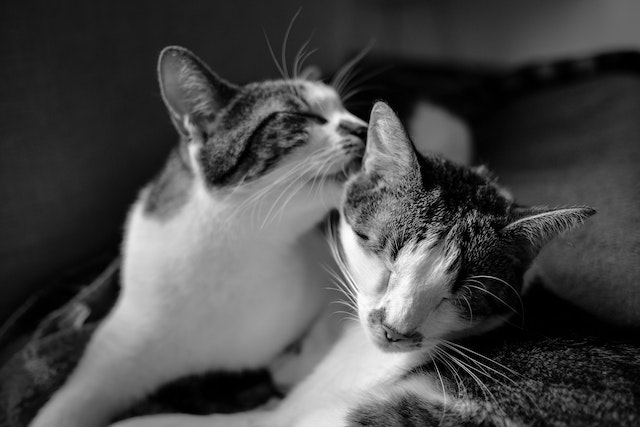
Deciding whether to go through with spaying or neutering your cat involves considering both the positives and negatives.
Neutering has its advantages, like controlling the cat population and reducing health risks. It can also lead to a calmer and cleaner cat.
However, there are drawbacks to think about, such as the risks of surgery and possible changes in behavior and health. Some may prefer to wait for the right time to neuter or try other contraceptive options.
But keep in mind that an unneutered male cat is hard to manage. Being a responsible pet owner means discussing the decision with a veterinarian to find the best choice for your cat's needs and your situation.
By studying the pros and cons, you can make an informed and caring decision for your furry friend.









